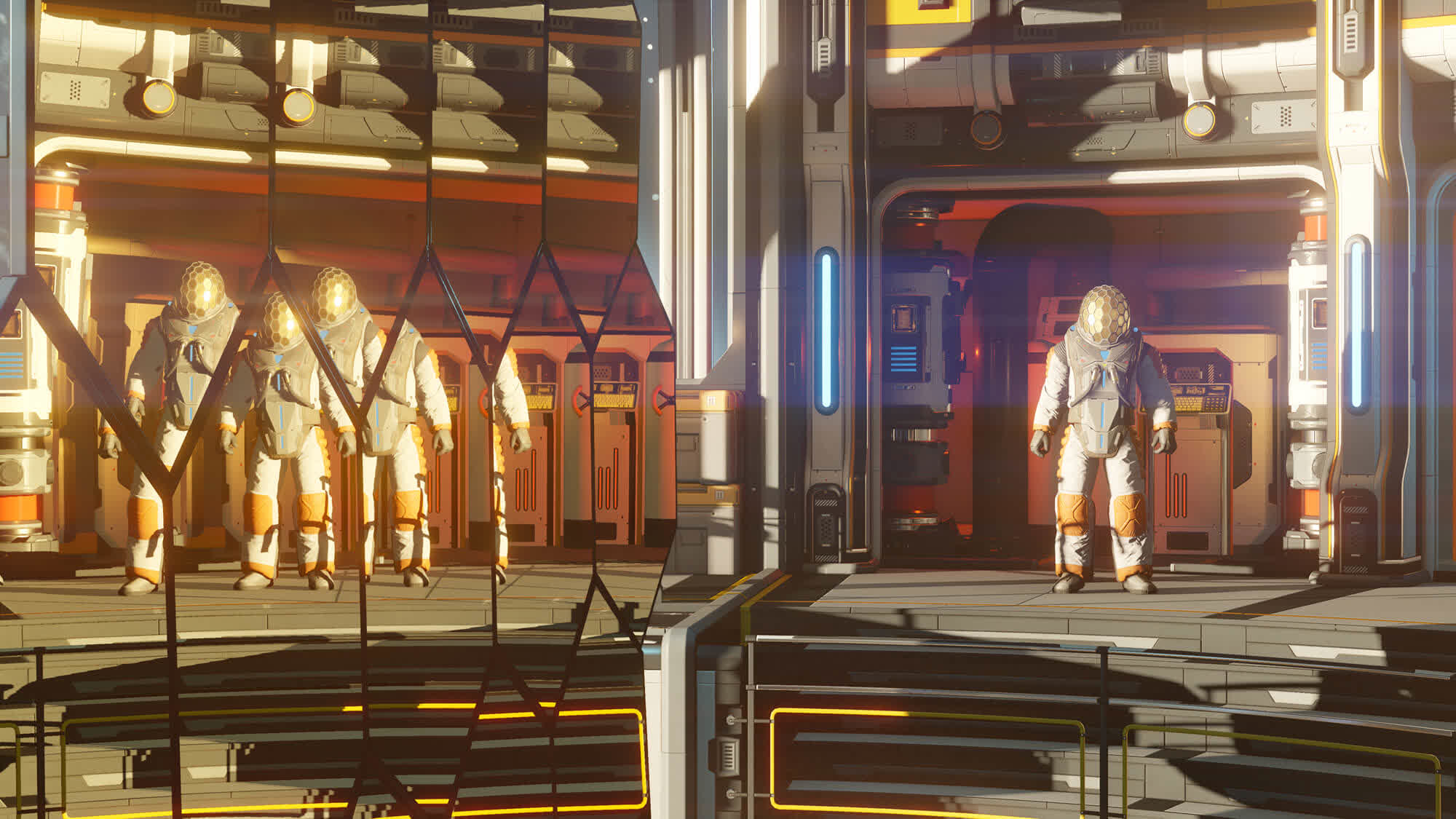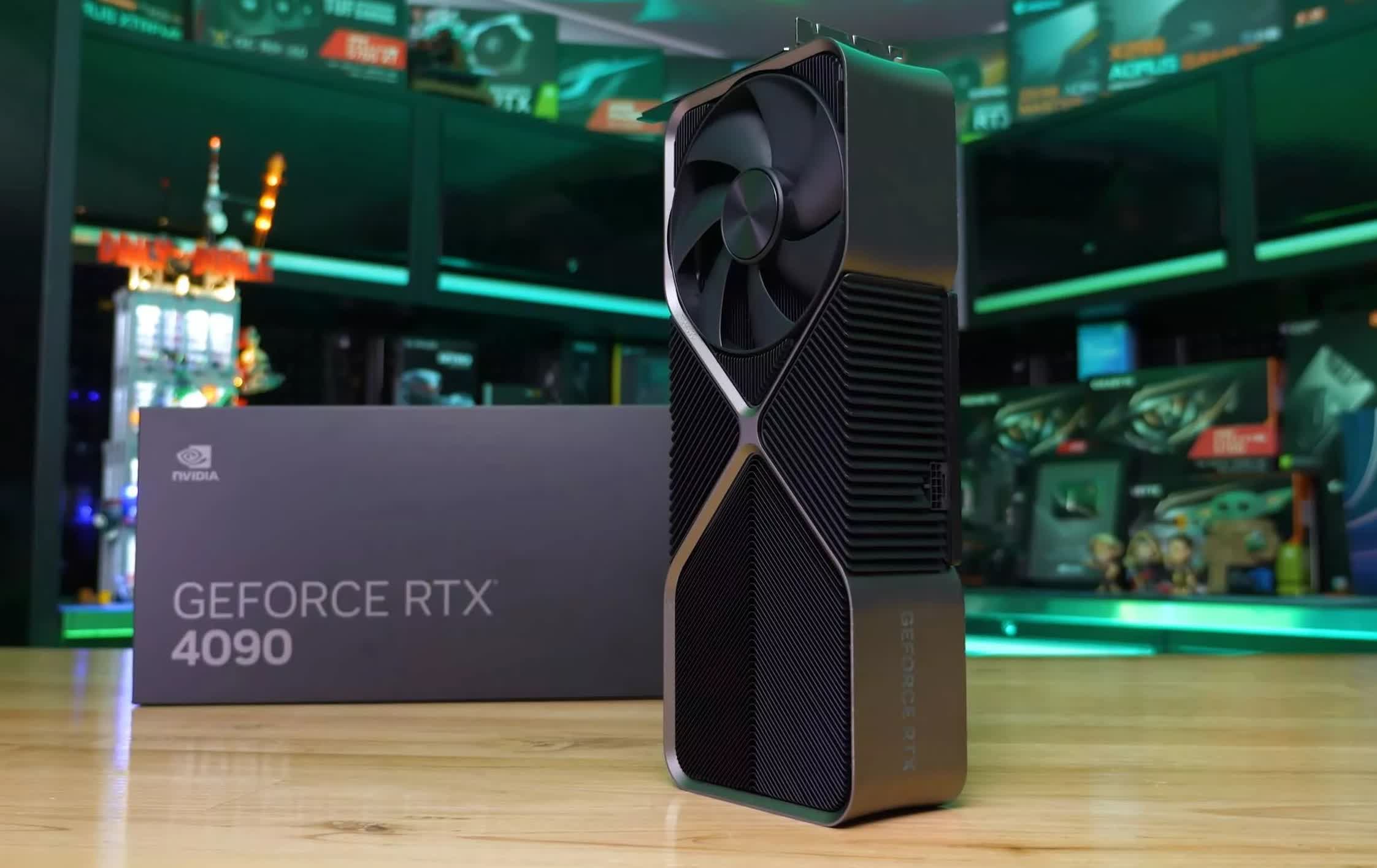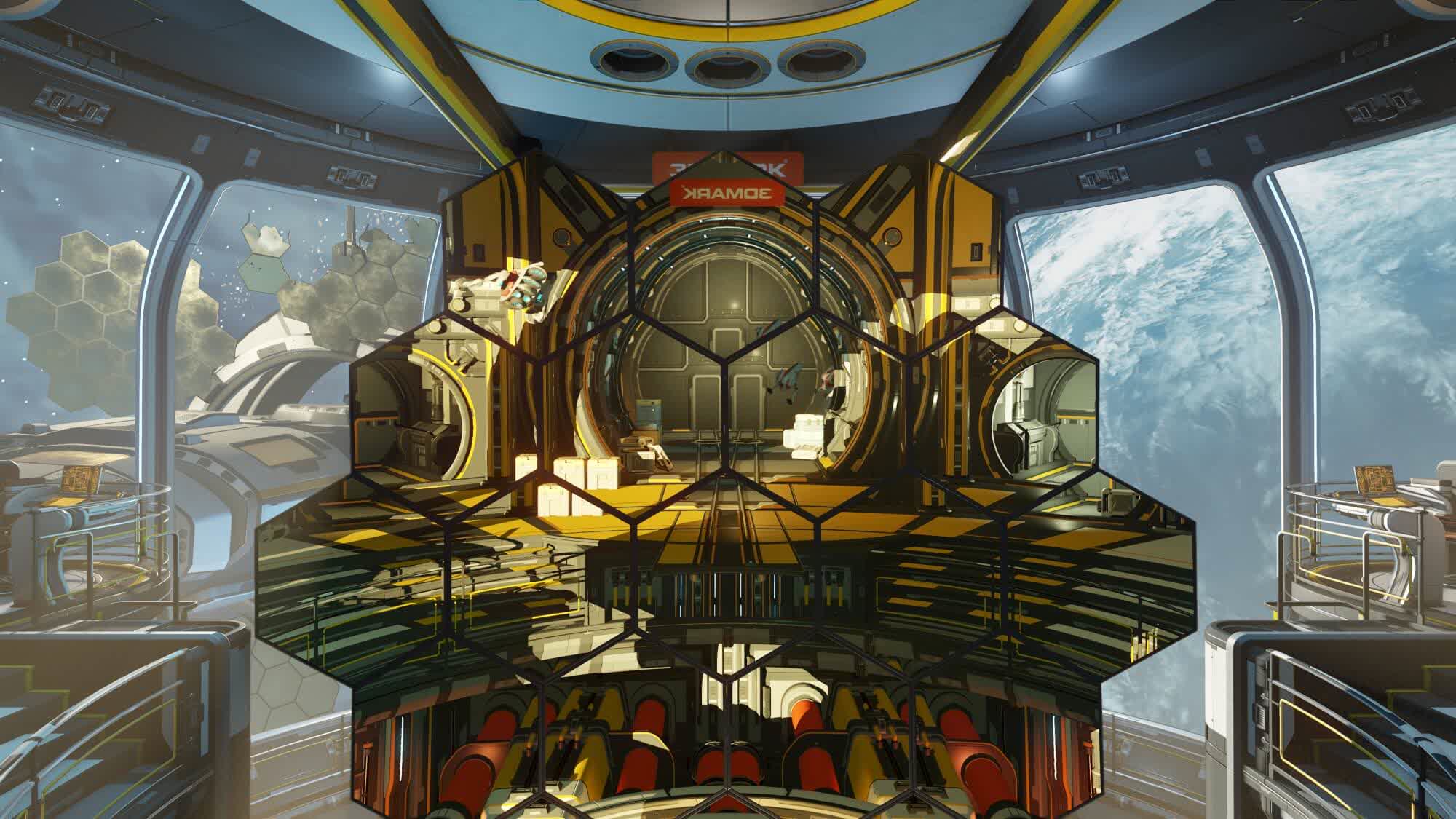In a nutshell: UL Solutions (formerly Futuremark) has released a new cross-platform benchmark capable of measuring ray traced graphics performance on both Android devices and Windows PCs. 3DMark Solar Bay was built using the Vulkan 1.1 API and offers two test methods: a quick jaunt to measure immediate performance and a stress test that evaluates how performance might change over an extended period of heavy load.
Solar Bay plays out across three stages, with each section increasing linearly by 100 percent. The benchmark provides four results upon completion including an overall score and the average frame rate from each scene.

The stress test, meanwhile, runs the workload in a 20 minute loop and produces a chart that highlights performance changes over the course of the run. Ideally, you want to see consistent performance from start to finish as any slowdowns on the back half of the run would suggest thermal throttling from the GPU.
The stress test could also be used to ensure your GPU cooling solution is up to snuff.
UL said Solar Bay results can be compared across supported platforms, so that is exactly what VideoCardz did. The team conducted a quick run using a PC equipped with an Nvidia GeForce RTX 4090, which produced an overall score of 135,800 and an average of 515 frames per second across all three runs.

For comparison, the benchmark was then run on a Samsung Galaxy S23 Ultra smartphone. It is one of the most powerful handsets you can buy today but of course, it can't hold a candle to a high-end PC. The S23 Ultra turned out an overall score of 5,539 and an average frame rate of 21.06 across the three scenes. With some quick math, we can see that the RTX 4090 is about 24.5 times faster than the S23 Ultra.
3DMark is available on a variety of platforms including Steam, the Epic Games Store, and directly from UL Solutions. You can pick up the Android version directly from our downloads section.
